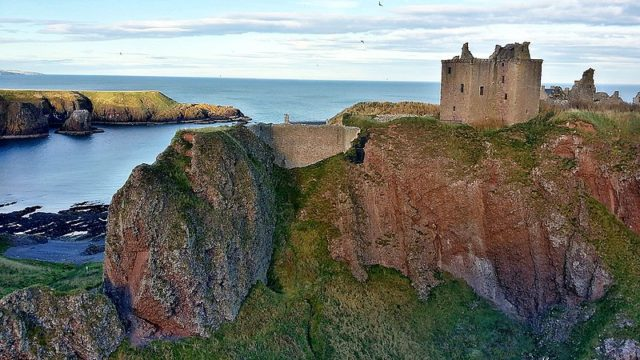An abandoned castle and ghosts generally tend to go hand in hand. From ladies dressed all in white to doors slamming shut for no particular reason, there is no end to the stories.
Abandoned castles, especially those in remote locations, can scare the living daylights out of you even without the stories, however.
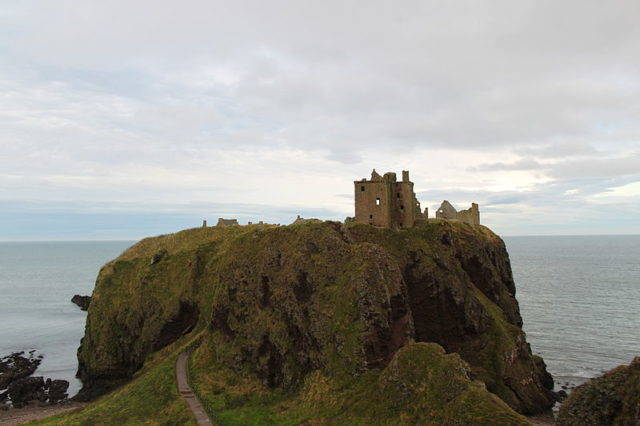
Our story takes us on a journey to the northeastern coast of Scotland and to the very edge of a rocky cliff overlooking the waters of the North Sea.
Given its location, the castle earned the moniker “fort on the shelving slope”. Thanks to the razor-sharp 16-foot-high rocks, the fort remained impregnable and many people over the years trusted it with their lives. Like many other great castles, Dunnottar too has its roots in legend.
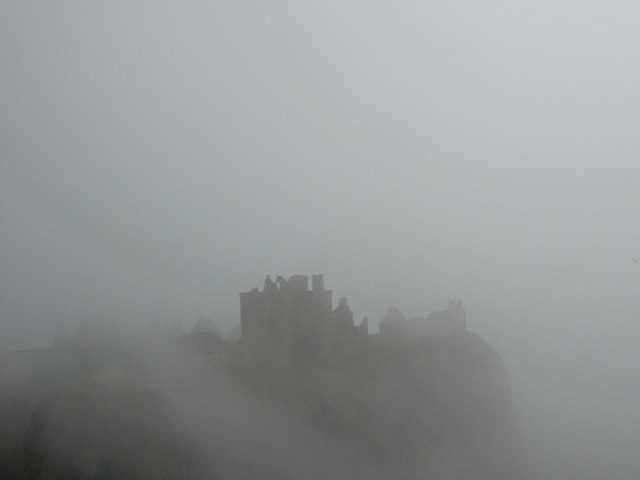
It is said that the Christian Saint Ninian erected a chapel on the location sometime in the 5th century. For many, this legend is just that, a story, and there is no particular reason to take it as a fact.
The historical document the Annals of Ulster, on the other hand, references a castle known as Dún Foither which survived two sieges – one in 681 and the other in 694.
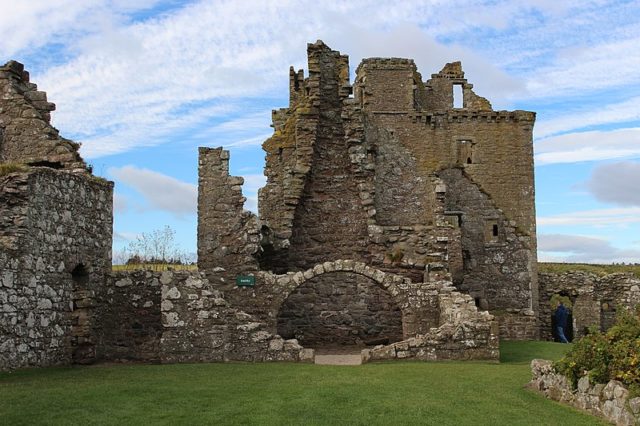
Another battle worthy of a mention is the skirmish between King Donald II of Scotland and the merciless Vikings, in which Donald II lost both the fort and his life. The Vikings were victorious, but the castle was nonetheless destroyed.
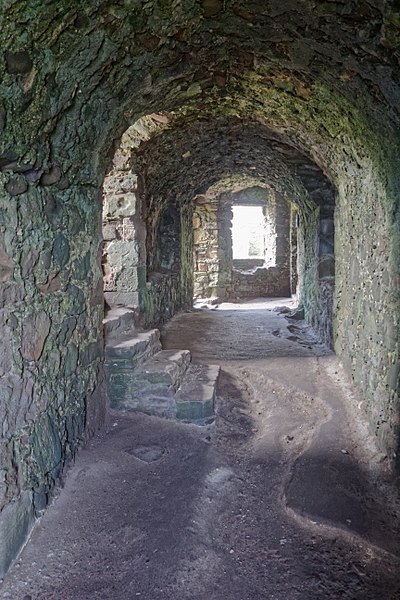
Some renovations must have taken place, as another historical document mentions an attack upon a fortification led by King Athelstan in 934. The attack was lead via both land and water and, according to historians, it would have been impossible to miss the imposing sight of Dunnottar Castle.
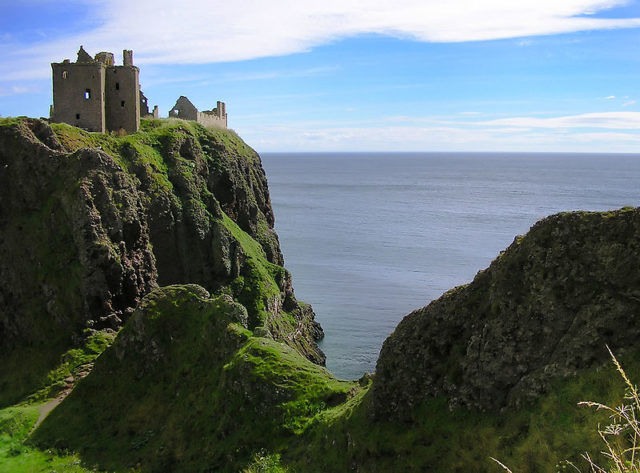
Whatever happened, the castle survived and became an important fortification – so much so that William the Lion, who ruled Scotland from 1165 until 1214, used it as an administrative center.
A church was erected in 1276 on what is believed to be the location where St. Ninian erected his church. Over the years, the castle kept changing its owners. Every battle left a permanent scar upon it until it was rendered useless.
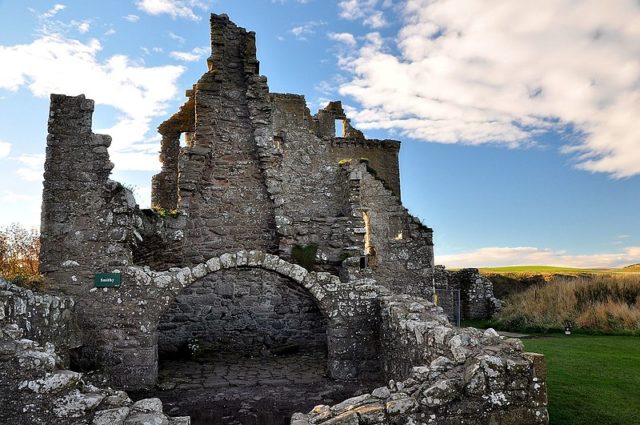
Edward III of England then gave out the order in 1336 for the castle to be renovated and fortified once more. The job was given to William Sinclair, 8th Baron of Roslin, who took with him hundreds of soldiers, carpenters, and masons. It was all in vain as Sir Andrew Murray destroyed the castle that same year.
More major renovations took place in the 16th century, and from that point on it was visited by a number of kings and queens, the likes of which include James VI and Mary, Queen of Scots.
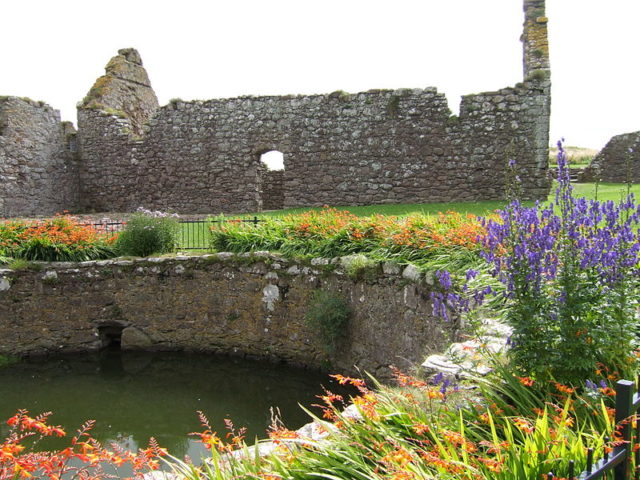
It seemed to go through the same cycle of being destroyed and then rebuilt again in the 18th century, perhaps with even more vigor.
Back then, its owner was the 10th Earl Marischal, who was found guilty and condemned for treason for participating in the famous Jacobite uprising of 1715. The castle was forfeited and was sold.
The new owner was the York Building Company, who decided to salvage everything that could be of use. This action left it abandoned and in ruins.
It remained in a desperate state until the Cowdray family purchased it in 1925 in an attempt to save the remarkable fortification.
Another Article From Us: Derelict Chateau Assassin’s Creed
Today, when swords have mostly been swapped for smartphones, the castle serves as a tourist attraction. Some come to see the mesmerizing view; others come to search for the ghost of a girl dressed in a gorgeous plaid dress or for the ghost of a man who is said to be seen going in and out of the guardroom.
